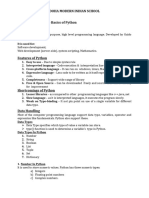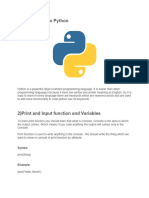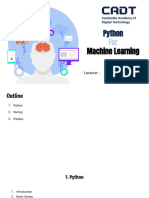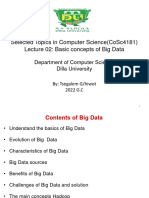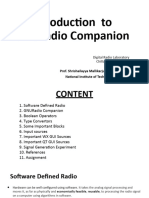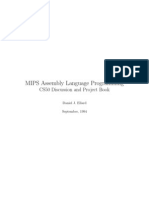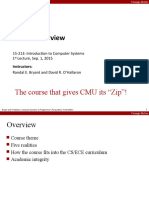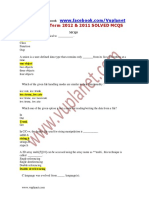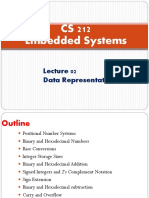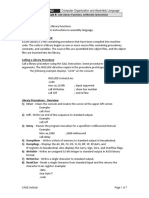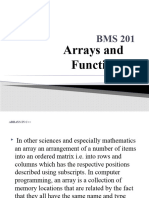0% found this document useful (0 votes)
60 views82 pagesLecture 01
This document provides an overview of Python programming concepts for data science. It covers:
1. The basic structure of a Python program and why Python is well-suited for data science due to its simple syntax, powerful libraries, and large community.
2. Core Python programming concepts like variables, data types, operators, conditional statements, loops, functions, and modules.
3. Common Python data structures like lists, tuples, sets, and dictionaries and how to access and manipulate elements within each.
4. Operators in Python for arithmetic, comparison, logical operations, identity checks, membership testing, and bitwise operations.
In summary, the document introduces fundamental Python programming topics that are important
Uploaded by
natnaelCopyright
© © All Rights Reserved
We take content rights seriously. If you suspect this is your content, claim it here.
Available Formats
Download as PDF, TXT or read online on Scribd
0% found this document useful (0 votes)
60 views82 pagesLecture 01
This document provides an overview of Python programming concepts for data science. It covers:
1. The basic structure of a Python program and why Python is well-suited for data science due to its simple syntax, powerful libraries, and large community.
2. Core Python programming concepts like variables, data types, operators, conditional statements, loops, functions, and modules.
3. Common Python data structures like lists, tuples, sets, and dictionaries and how to access and manipulate elements within each.
4. Operators in Python for arithmetic, comparison, logical operations, identity checks, membership testing, and bitwise operations.
In summary, the document introduces fundamental Python programming topics that are important
Uploaded by
natnaelCopyright
© © All Rights Reserved
We take content rights seriously. If you suspect this is your content, claim it here.
Available Formats
Download as PDF, TXT or read online on Scribd
/ 82


